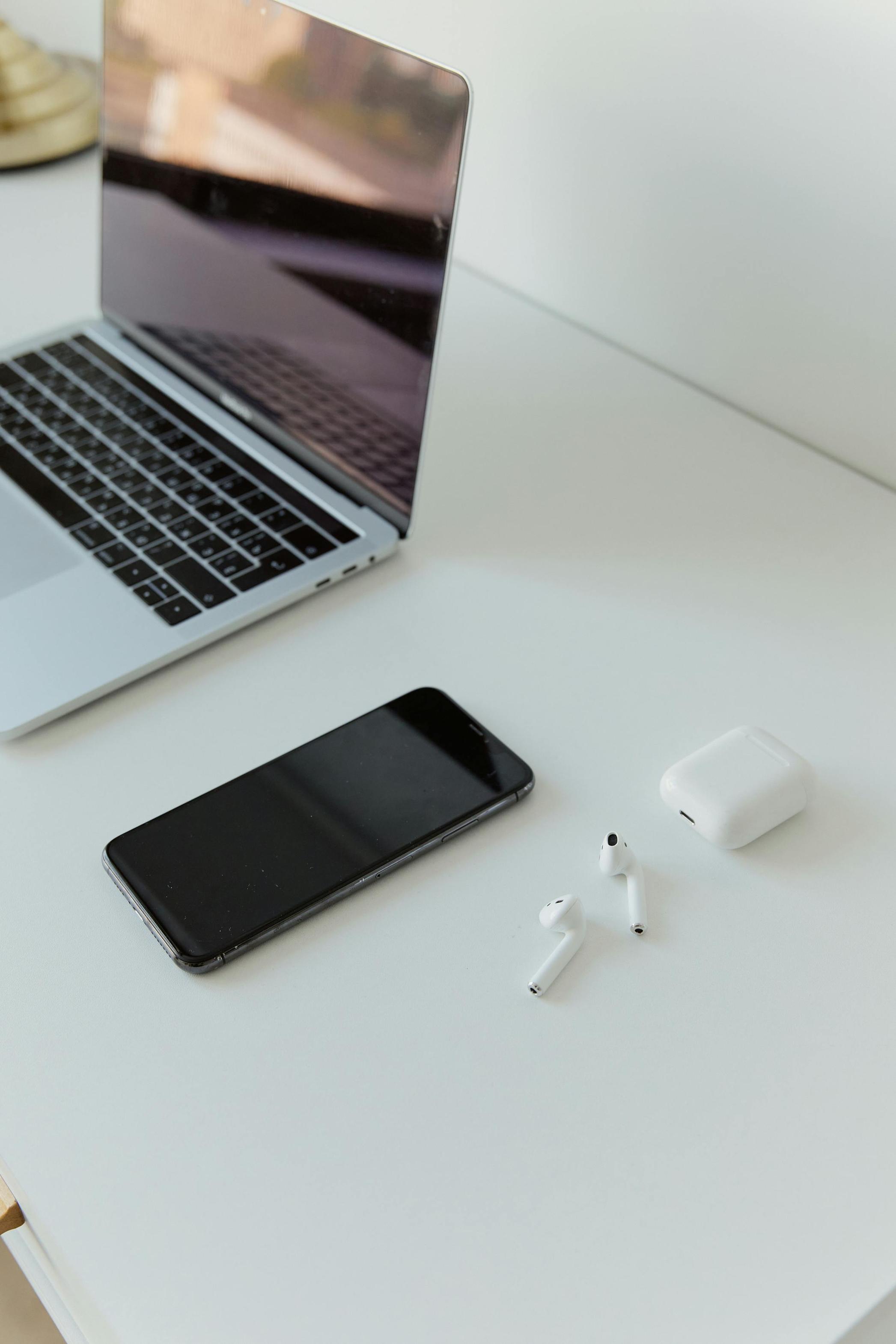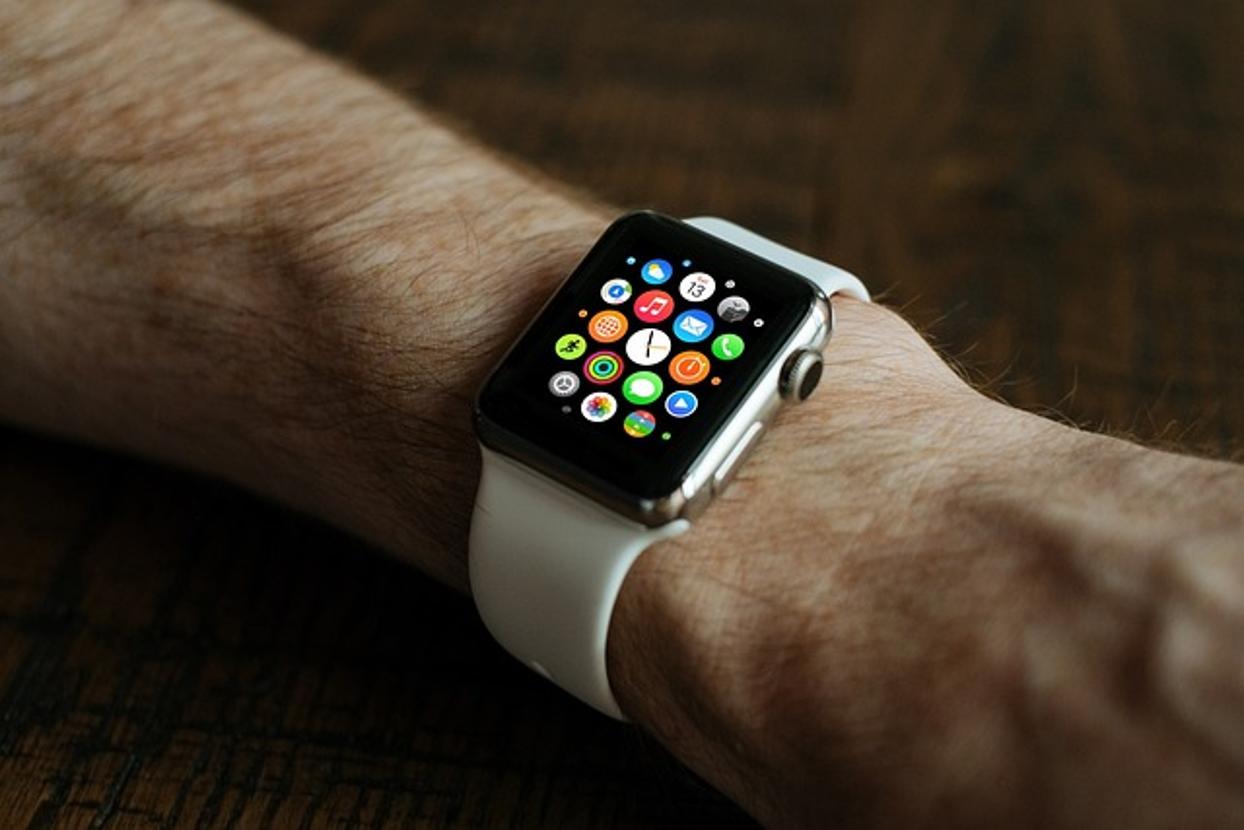How to Charge a Smart Bracelet
Introduction
Charging a smart bracelet correctly is crucial to maintain its functionality and extend its lifespan. This guide will walk you through the various charging methods, step-by-step instructions, and troubleshooting tips to ensure your smart bracelet stays powered up. Whether you're a first-time user or looking to optimize your charging routine, this comprehensive guide has you covered.

Understanding Smart Bracelet Charging Methods
Different smart bracelets employ diverse charging methods, making it essential to familiarize yourself with the specifics of your device. Most smart bracelets fall into one of three categories:
- Magnetic Charging Cable: This is a common method, where a magnetic cable connects securely to the back of the bracelet. Make sure the connectors are aligned for effective charging.
- Clip Charger: Some models use clip chargers that attach to the bracelet's charging points. These need precise alignment to function correctly.
- USB Direct Plug-In: A few smart bracelets come with built-in USB connectors. You directly plug the bracelet into a USB port, requiring no additional cables.
Understanding which method your bracelet uses helps in preparing the necessary equipment and setting up a charging routine tailored for your device.
Preparing Your Smart Bracelet for Charging
Preparation is key to effective charging. Here's how to do it:
- Clean the Charging Points: Dust and dirt can accumulate on the connectors, impairing the charging process. Use a soft cloth to clean these points.
- Gather Necessary Equipment: Ensure you have all components like the charging cable or dock. Keep them within reach before starting the process.
- Check Battery Level: It’s a good habit to charge the device when it falls below 20% to avoid deep discharge, which can harm battery health.
Following these preliminary steps can ensure a smooth and effective charging process for your smart bracelet.

Step-by-Step Charging Instructions
Now that you're prepared, let's dive into the detailed steps for charging your smart bracelet based on its type:
Magnetic Charging Cable
- Align the Connectors: Align the magnetic end of the cable with the charging points on the bracelet.
- Secure the Connection: Allow the magnet to click the cable into place, ensuring a secure fit.
- Plug into Power Source: Connect the USB end of the magnetic charging cable to a USB port on a computer, wall adapter, or power bank.
- Monitor the Charging Process: A battery icon or LED light should indicate that the device is charging.
Clip Charger
- Prepare the Clip Charger: Unclip the device from your wrist.
- Align the Clip with Charging Points: Match the clip’s pins to the charging points on the device.
- Secure the Clip: Fasten the clip ensuring strong contact between the pins and the bracelet.
- Connect to Power Source: Insert the charger’s USB into a power adapter or USB port to start charging.
USB Direct Plug-In
- Uncover the USB Connector: If your bracelet comes with a built-in USB connector, detach it from the strap to reveal the connector.
- Plug-In Directly: Insert the USB connector into a USB port on your computer or adapter.
- Check for Indicators: The bracelet should start displaying a charging icon or LED light to confirm it’s charging.
These steps should get your smart bracelet charging efficiently, no matter the type.
Tips for Extending Battery Life
Proper charging techniques don’t just provide short-term benefits but also extend the overall battery life. Here are some tips:
- Avoid Frequent Charges: Charge your device only when its battery level falls below 20%.
- Use Official Accessories: Always use chargers and cables recommended by the manufacturer to maintain compatibility and safety.
- Keep Cool During Charging: Avoid charging the device in high-temperature environments to prevent overheating, which can degrade the battery.
- Update Firmware: Ensure your bracelet runs on the latest firmware, often optimized for better battery performance.
Employing these methods can help maximize your smart bracelet’s battery life.
Troubleshooting Common Charging Issues
Sometimes, smart bracelets face challenges during charging. Here are some troubleshooting tips:
- Check the Connections: Ensure all connectors are correctly aligned and free of debris.
- Test a Different Power Source: Sometimes the USB port or power adapter might be faulty. Try a different one to see if it solves the issue.
- Restart the Bracelet: For software-related issues, restarting the device might help. Hold the power button until the device powers off and then turn it back on.
By following these troubleshooting steps, you should be able to diagnose and fix most charging issues.
Safety Tips for Charging Your Smart Bracelet
Safety should always be a priority. Here are some safety tips:
- Avoid Water Exposure: Ensure the charging points and cables are dry before connecting.
- Don’t Overcharge: Disconnect your bracelet once it’s fully charged to avoid battery damage.
- Use Official Accessories: Stick to cables and chargers recommended by the manufacturer to avoid potential hazards.
Following these tips helps maintain not only your device but also ensures your safety.

Conclusion
Charging your smart bracelet doesn’t have to be daunting. By understanding the charging methods, preparing adequately, following step-by-step instructions, and implementing battery-extending tips, you maximize your device’s performance and lifespan. If issues arise, troubleshooting steps are there to guide you in solving them effectively.
Frequently Asked Questions
What should I do if my smart bracelet isn’t charging?
Ensure connectors are clean and correctly aligned, try a different power source, and restart the device.
How long does it take to fully charge a smart bracelet?
Typically, it takes about 1-2 hours to fully charge, depending on the model and battery capacity.
Can I use any charger to charge my smart bracelet?
No, it’s recommended to use chargers and cables specified by the manufacturer to avoid compatibility issues and potential hazards.



